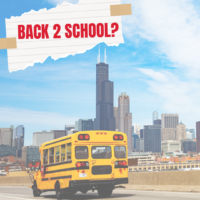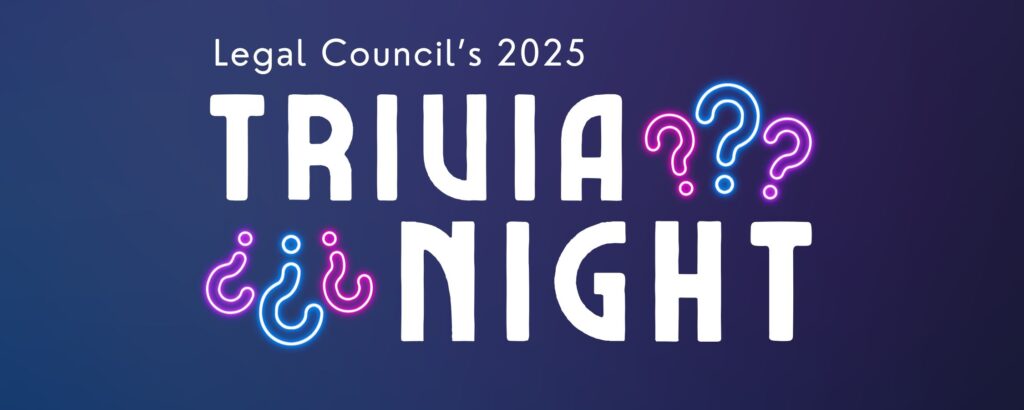Transportation Troubles: The Challenges & Impact on Students with Disabilities in CPS
The beginning of a new school year is typically filled with excitement, anticipation, and the promise of new learning experiences. However, for many families of students with disabilities in Chicago Public Schools (CPS), this excitement has sadly, and now routinely, been overshadowed by transportation challenges. Access to a free appropriate public education, including transportation to and from school if needed, is a cornerstone of the Individuals with Disabilities Act (IDEA) and a fundamental right for these children. Below we explore the effects of transportation barriers on students with disabilities and the implications of these challenges on their academic journey.
Underlying Causes
Behind the transportation issues in Chicago Public Schools (CPS) lies a complex web of underlying issues. These challenges stem from a range of factors, from systemic shortcomings to resource limitations. The shortage of bus drivers is a nationwide trend to which CPS has not been immune. Before the school year started, CPS notified families that they had only half of the necessary bus drivers to provide transportation for more than 17,000 eligible students. Additionally, the district explained that they would prioritize over 7,000 students who meet certain criteria and must receive this service under state law. The CPS Chief Operating Officer, Charles Mayfield, elaborated the district “opted to follow our policy, which is transporting the students who are most in need which is diverse learners and our students in temporary living situations”.[1]
Additionally, the intricate logistics of coordinating routes and accommodating the diverse needs of students with disabilities further compound the issue. So much so that the district approved contracting with Education Logistics Inc. (EduLog) earlier this year in an effort to find a solution for students, particularly those with disabilities. Budget constraints and the allocation of resources also play a significant role. Many bus drivers were retirees who did not return to the workforce following the pandemic. Moreover, even pay raises of around $20-25 per hour have not been enough to recruit the number of drivers required to fulfill the need. In the meantime, CPS is offering *up to $500 monthly stipend for eligible students for transportation costs. Understanding all of these underlying challenges is crucial when devising comprehensive solutions that ensure all students, particularly those with disabilities, have reliable and accessible transportation to facilitate their education journey.
The Importance of Reliable Transportation
Reliable transportation is a cornerstone of access to education for all students, but it holds particular significance for those with disabilities who have the service guaranteed in their Individualized Education Programs (IEPs). These plans are tailored to each student’s unique needs, ensuring they receive the support necessary to thrive academically and socially. A child’s individualized IEP Team is who is responsible for determining whether transportation is required to assist a child with a disability to benefit from special education and related services, and how the transportation services should be implemented.[2]
Transportation services do not just simply affect students with disabilities’ ability to travel between home and school but are also an important factor in their overall attendance. The privatized ridesharing transportation company, HopSkipDrive, noticed in their data collection that as the driver shortage worsened in the last few years so did the chronic absenteeism (students who miss at least 10% of the school year).[3]
Challenges Faced by Students with Disabilities
Legal Council for Health Justice has received many referrals for families in the last several years who do not have access to consistent or any school transportation at all for their child.
- Lack of transportation disrupts students’ daily routines, which is a particular challenge for children with behavioral health needs who rely on structure to navigate their days.
- Transportation challenges have also led to students arriving late to school, resulting in missed class time or other specialized services that are mandated in their IEP.
- We have also seen the lack of transportation hurt students’ access to developmental critical social interactions. Inaccessible or irregular transportation has led to an increased sense of isolation at home and far fewer opportunities to socialize with peers, develop friendships, or feel a sense of belonging in their school environment. Furthermore, as was happening during the pandemic, this isolation increases stress and anxiety for students and their caretakers.
- Finally, low-income students with disabilities bear more harm from transportation barriers. In the case of 4-year-old, *Catrina, a CPS student with global developmental delays and complex medical needs, she was unable to attend school because one of her parents worked and left the home much earlier than school hours and the other parent did not drive. Furthermore, she required a skilled nurse to accompany her on the bus because of her medical complexities. Because the district could not provide Catrina with the bus services mandated in her IEP, they offered the family a $500 stipend for self-transportation. But because of her medical needs, the stipend alone could not solve the problem.
Overall, transportation troubles are hindering the development of essential life skills or the provision of therapies, compromising students’ academic achievement, and taking a toll on the mental well-being of families and children. While we recognize CPS has been taking steps to mitigate these challenges and is prioritizing the resources they do have for students with disabilities and others entitled under the law to these services, transportation remains a serious barrier to education for our clients.
Conclusion
Reliable transportation is fundamental for an inclusive education, as it profoundly affects various aspects of the educational journey. Lack of transportation not only leads to missed classes but also hinders academic progress, social development, and emotional well-being. It is paramount for educational institutions, families, and communities to continue advocating for improved transportation services that empower students with disabilities to access the quality education they deserve. By recognizing and addressing these issues, we can ensure that every student, regardless of their abilities, is provided with equitable opportunities to learn, thrive, and succeed.
—
* Made a correction on 09/01 — Any month with fewer than 20 days of student attendance (e.g., November, December, April, January, and February) will not include a stipend of $500. The stipend is also reduced if a student is absent from school.
[1] Amin, Reema and Samantha Smylie. “8,000 Chicago Public Schools Students Won’t Have Bus Service on First Day of School, District Says”. Chalkbeat Chicago, 31 July 2023, https://chicago.chalkbeat.org/2023/7/31/23814936/chicago-public-schools-no-bus-service-driver-shortage
[2] Guidance on Providing Special Education and Related Services to Students with Disabilities Pursuant to the Individuals with Disabilities Education Act (IDEA), 2023-2024 IDEA Procedural Manual, Chicago Public Schools,
[3] Wong, Alia. “Why Is There a Shortage of School Bus Driver? Problem Worsened by Covid Reaches Crisis Level”, USA Today, 15 August 2023, https://www.usatoday.com/story/news/education/2023/08/15/school-bus-driver-shortage-2023/70516560007/


